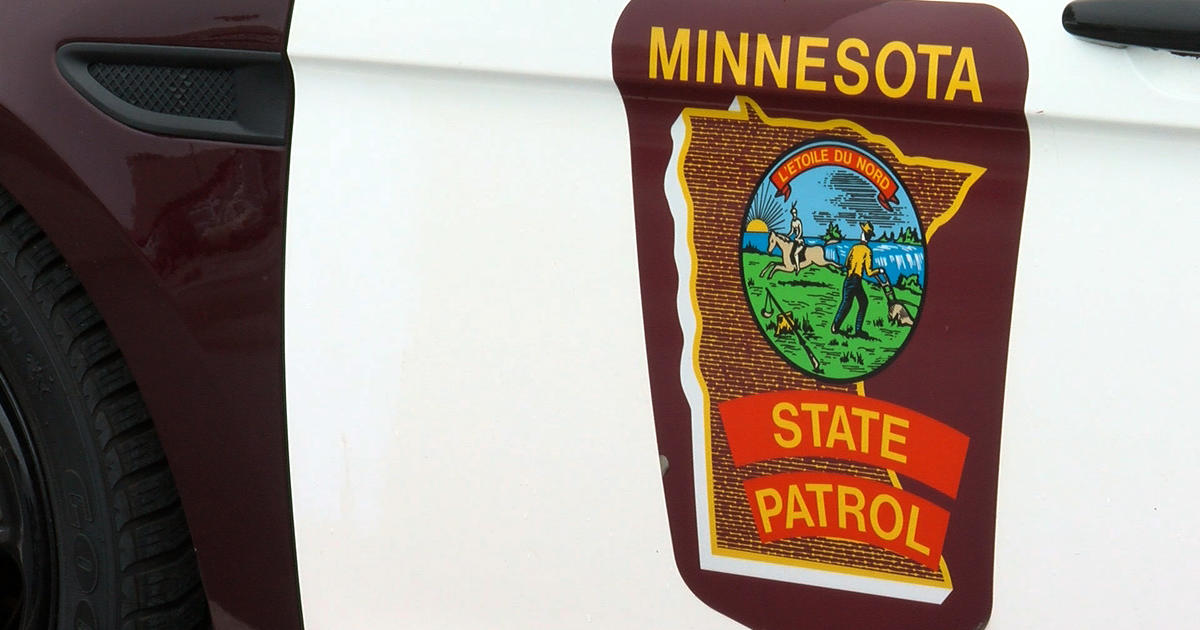What To Know Before Hands-Free Law Goes Into Effect
MINNEAPOLIS (WCCO) – In 10 days, Minnesota roads will be changed forever. The hands-free law goes into effect Aug. 1.
There are more than 135,000 miles of roadways in Minnesota. If all goes as planned, those roads will soon be safer.
"I think a lot of people are just asking how can they go hands-free, what can they do, what are their options," Lt. Gordon Shank with the Minnesota State Patrol says.
WCCO went out to offer shoppers at the St. Paul Midway Cub a free tutorial on the encroaching hands-free law. Lt. Shank joined us to offer some firsthand help on where the phone can be placed.
"You can put it in the lowermost portion of your windshield – that's what we're telling people to do – or on the dash, or on the vent," Shank said. "Or if people don't want to do that and they want to just set it down on the passenger's seat with speaker activated and voice activation that way, they can do that."
Phones can be in the cup holder if they are on speaker and earphones can be used, but only in one ear.
"So those are some of your options or don't use it at all until you get to where you need to go," Shank said.
That, he says, is the safest and cheapest approach.
If you must, Shank says to make hand to phone or hand to GPS contact brief.
"The point is we don't want people doing multiple touches, where they're looking like they're texting or web browsing, that's what we are looking for, that's what we want people not to do," Shank said. "That's the point of this, to have it mounted on the dash so you can just do a single touch or voice activation, that's what we are hoping people are doing."
Carly Evancevich is already doing everything right. For her, it's personal.
"The reason I do hands-free and the text can wait thing is cause the reason why I have a broken back and pelvis is because somebody else was distracted driving on a phone," Evancevich said.
She was a backseat passenger in an Ely crash that left her in a wheelchair for five years.
"I broke through my seatbelt, hit my head on the ceiling, my spine compressed, my L5 shattered, my pelvis broke, I have brain injuries, neck injuries – all kinds of stuff," Evancevich said.
Moments after, Monica approached us to tell us her friend Kevin was killed from distracted driving.
"I believe it will save lives, our word, your word, the news – once we stick together it will save many lives," Monica said.
But some wonder how effective it will be.
"So 12 out of the 15 states have seen a decline as a result of hands-free initiatives and laws that have made cellphone use hands-free," Shank said.
State Patrol uses Georgia for reference who passed the law one year ago. Susan-Elizabeth Littlefield skyped with her sister, a Georgia driver with some precious cargo.
"And I do look, especially in the beginning, the first few months, and I was very pleasantly surprised with the number of people that I no longer saw on their cellphones," Littlefield's sister said.
Now, it's Minnesotans' turn to keep their hands off their phones and eyes on the road.
"It's good to see that people are out there listening and that they're trying to plan ahead for this and make sure that we're saving – we want to save lives," Lt. Shank said.
Violations will cost from $50 to $275 plus court fees depending on the offense. Another important takeaway from the new law is no touching your phone at traffic lights or when waiting in traffic. Officers can easily spot offenders during those times.
---
4 Things To Know To Go Hands-Free:



